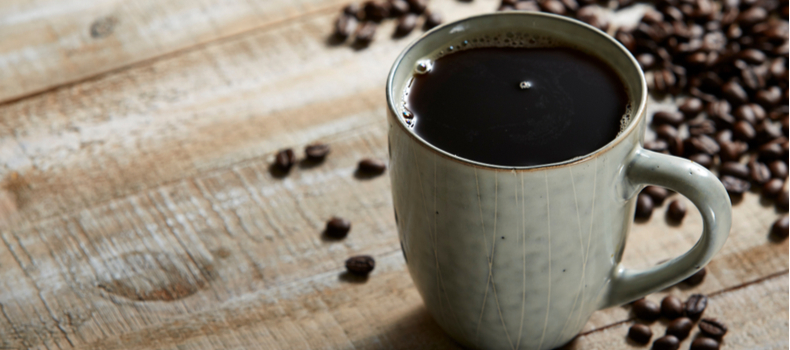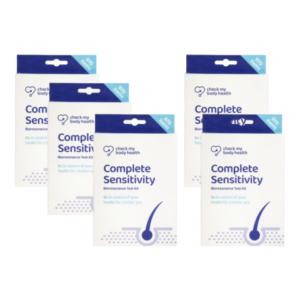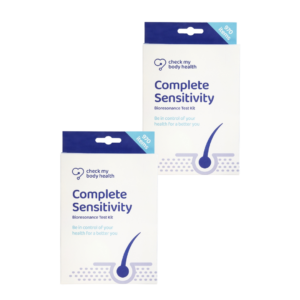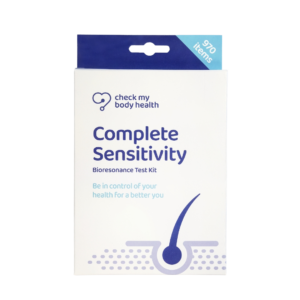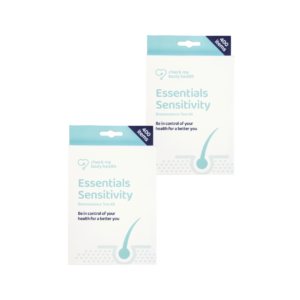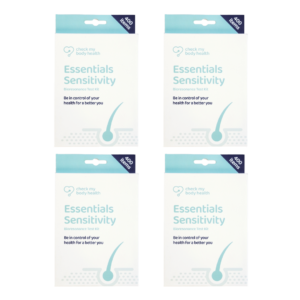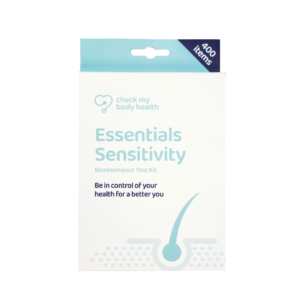If you look up caffeine on Wikipedia, you will find this familiar substance described as ‘the world’s most widely consumed psychoactive drug’: quite an introduction. A ‘psychoactive’ drug is one which changes mood or behaviour by affecting our central nervous systems.
Caffeine is a phytochemical – that is a chemical produced by plants. It can be found in the nuts, seeds and leaves of several plant species growing in different parts of the world. At the top of this list we, of course, find camellia sinensis, the tea plant, from East Asia, and the African flowering plant coffea arabica: the principal species of coffee shrub. But the list doesn’t end there. Other caffeine-producing plants include:
-
- Cola acuminata or the kola tree from tropical Africa – a key ingredient in the formula for coca-cola and similar products.
- Theobroma cacao – a South American evergreen tree. The fruit of the cacao tree, the cocoa bean, will be familiar to anyone who has ever eaten a bar of chocolate.
- Paullinia cupana, or guaraná, is another South American plant, a viney shrub from Brazil with an unusually high caffeine content. Products made from guaraná have become popular in recent decades, especially in health food stores.
What is caffeine?
So what exactly is caffeine? Caffeine is naturally occurring alkaloid – a type of chemical compound. Caffeine is produced by plants for two principle reasons:
- To kill off herbivorous insects that might want to come and munch on all those tasty, fresh leaves.
- To prevent the seeds of rival plants that have fallen nearby from germinating and growing into a neighbour, which could suck up valuable water and sunlight.
Humans eventually discovered that drinks and foods made from the leaves and fruit of caffeine-producing plants had a distinct physical effect, making them feel more awake, alert and focussed.
Once global trade routes developed, coffee and tea became valuable international commodities and Europeans developed a serious caffeine habit. Coffee bars and tea houses still do a roaring trade and these days we consume more caffeine than ever. In recent decades, caffeine has migrated from those familiar tea cups, coffee mugs and chocolate bars into a host of other products, including:
- Carbonated soft drinks
- Energy drinks
- Headache remedies
- Snacks and supplements
Becoming sensitive to caffeine
Caffeine consumption is part of everyday life for most people. Britons collectively drink around 90 million cups of coffee per day – that’s more than 650 each per year. But of course, Britons have been in love with tea for longer and our affair with camellia sinensis shows no signs of abating – we drink about 100 million cups per day.
As we saw earlier, caffeine is, technically speaking, a mood-altering drug, and a stronger one than we might like to think. It works by temporarily blocking the effect of biochemical adenosine on our central nervous systems, delaying the onset of drowsiness and stimulating the release of neurotransmitters like dopamine. Caffeine also affects the digestive system. Like other drugs, caffeine can become addictive.
Different people respond differently to caffeine. Some are more sensitive to caffeine than others, and experience a range of unpleasant symptoms after only a few bites of chocolate or a few mouthfuls of coffee.
This may be for genetic reasons or it may simply reflect the fact that they habitually consume too much and their body needs a break. A poor state of overall health could make the development of caffeine intolerance or sensitivity more likely
Typical symptoms of caffeine sensitivity include:
- Headaches
- Anxiety, jitteriness or restlessness
- A racing heart
- Difficulty sleeping or frequently waking up at night
If this all sounds familiar, what can you do about it? Your first port of call should be your GP. You will need to make sure that your symptoms are not signs of some other, potentially more serious condition.
The elimination approach, in which you simply go cold turkey, cut caffeine from your diet and see how you feel, may not be the best approach, because you could experience withdrawal symptoms if your consumption of caffeine has been particularly high. Ironically, a headache can be a symptom of both too much and too little caffeine!
A DNA-based food intolerance test is a better option. Take a simple swab and receive a detailed breakdown of your body’s particular reactions and sensitivities. If you do discover a sensitivity to caffeine, you will then be able to reduce your consumption or phase it out altogether in a controlled and careful way that will help to minimise those pesky withdrawal symptoms.
Written by Bev Walton
Food Writer and Nutritionist, dietician
A chef of over 35 years with experience in all types of cuisine, dietary plans, recipe development, health and nutrition. I have been writing for over 10 years for both magazines, websites and ghostwriting for ebooks, Kindle and fully published books. I have a degree in nutrition and dietetics and work with restaurants and organisations within the healthcare profession. I am also able to take high quality photographs of recipes created. No writing task is too great, and whilst I specialise in the above, I am able to write about any topic you throw at me. Member of the Guild of food writers.

